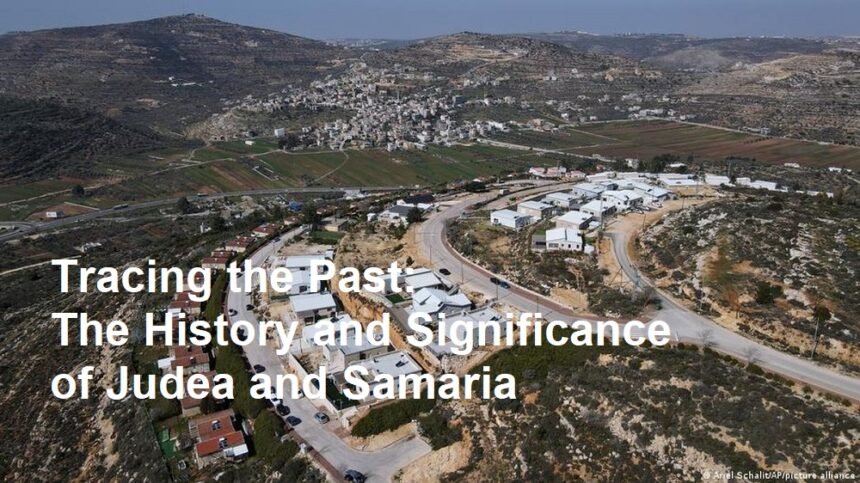The region commonly known as the West Bank is steeped in history and is frequently referred to by its ancient names, Judea and Samaria. These names carry profound historical, cultural, and political significance that reaches back thousands of years, reflecting the legacy of ancient civilizations and the enduring ties of modern peoples to the land.
The term “Judea” originates from the Kingdom of Judah, one of the two successor states following the split of the united Kingdom of Israel. Judah, associated with the tribe of Judah, emerged as a center of Jewish identity and tradition. Jerusalem, located within this region, was not only a political capital but also the spiritual heart of the Jewish people. Over centuries, the name Judea has symbolized the continuous presence and cultural heritage of Jews in the area, reinforcing the deep historical connection that many feel toward this part of the world.
Likewise, “Samaria” has its roots in the ancient northern Kingdom of Israel. When the united monarchy divided, Samaria became the name of the capital city of the northern kingdom. As a hub of administration, culture, and commerce, Samaria played a crucial role in the early development of the Israelite states. Even after the northern kingdom fell and various empires rose and fell in the region, the name Samaria endured as a reminder of the area’s vibrant past and the historical complexities that shaped its identity.
In modern times, the term “West Bank” came into popular use following the 1948 Arab-Israeli conflict and was solidified after the 1967 Six-Day War when Israel occupied the area. This contemporary designation is primarily geographical, referring to the land west of the Jordan River. However, for many Israelis and supporters of the historic Jewish claim to the territory, the names Judea and Samaria are preferred. They argue that these ancient names better reflect the historical and cultural legacy of the region, emphasizing a connection that predates modern political boundaries. This nomenclature is seen as a way to affirm the longstanding presence and historical rights of the Jewish people in the area.
The choice of name is not just a semantic issue but one that carries significant political and cultural implications. For many, Judea and Samaria are more than mere historical references; they are symbols of a continuous identity and claim to the land. This perspective is often invoked in discussions about sovereignty and the legitimacy of territorial boundaries, underscoring a narrative that sees the modern inhabitants as inheritors of an ancient legacy.
Conversely, critics of using Judea and Samaria argue that reverting to these ancient names can oversimplify or obscure the region’s multifaceted history. They point out that the West Bank has been home to various peoples over the millennia, including diverse Arab and Palestinian communities with their own historical narratives and cultural ties. For these groups, the term “West Bank” is viewed as more neutral—a descriptor of geography rather than a claim of historical primacy.
The debate over nomenclature encapsulates a broader struggle over historical interpretation, cultural memory, and national identity. Whether one refers to the region as Judea and Samaria or the West Bank, the legacy of the past remains central to the contemporary discourse. The ancient names evoke the stories of former kingdoms and the deep roots of Jewish tradition, while the modern term reflects the geopolitical realities that have emerged in the wake of recent conflicts.
In understanding these names, it becomes clear that the history of this land is a mosaic of ancient empires, cultural evolution, and shifting political landscapes. Each term—Judea, Samaria, and West Bank—carries its own weight, contributing to an ongoing conversation about identity, heritage, and the future of a region that continues to inspire both hope and controversy.












